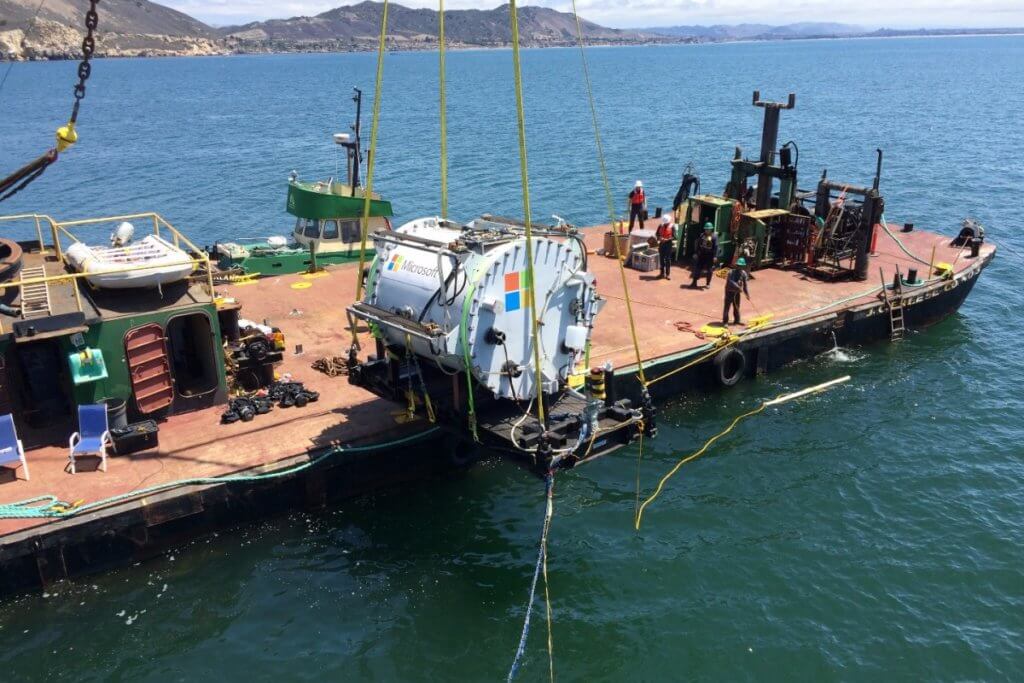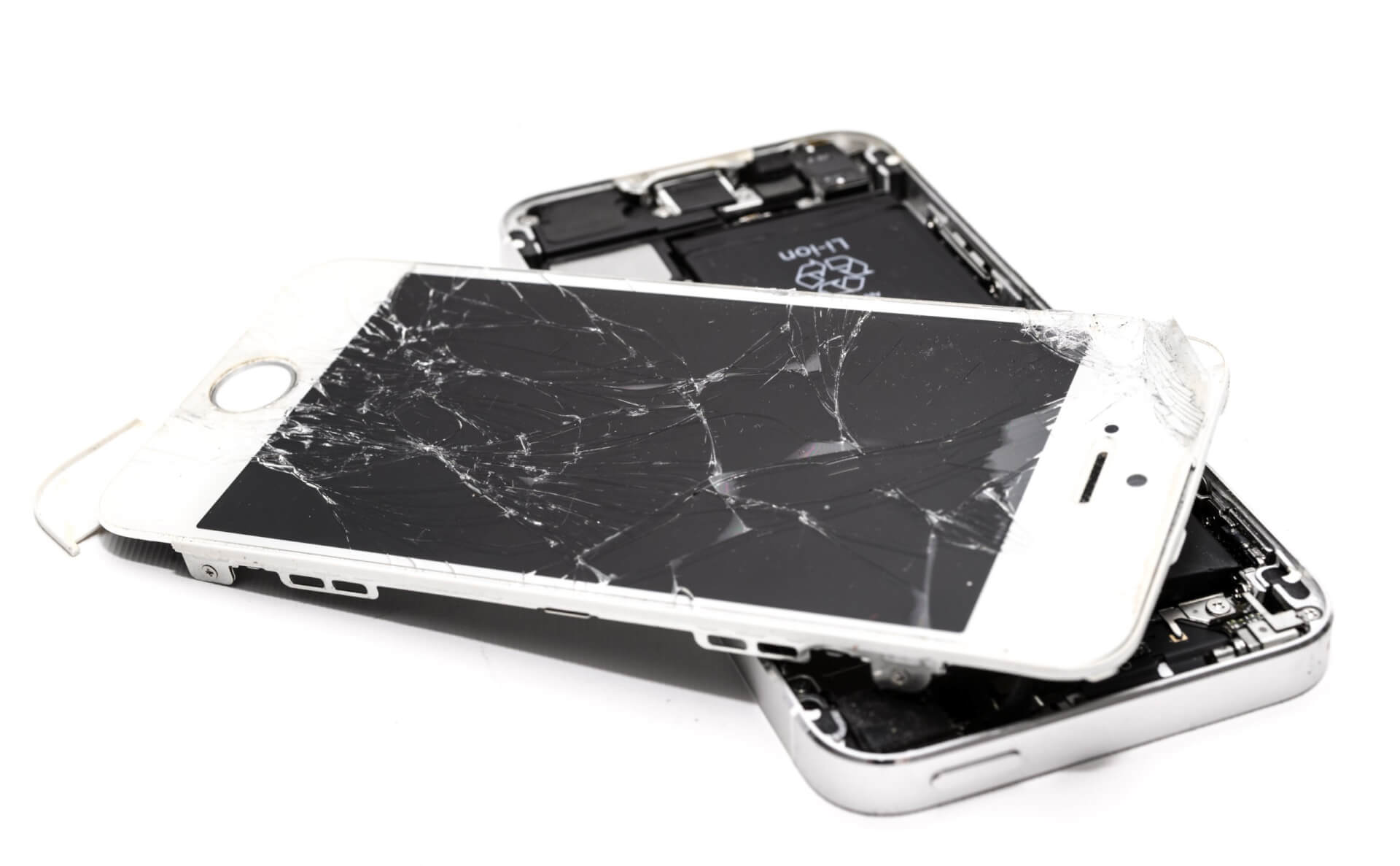Remember when if an appliance broke you could easily order spare parts? Or when cellphones had detachable batteries, so you could swap them out anytime and still keep your device? As capitalism promotes consumption above all other activities, most companies have started making devices that are impossible to repair, in order to encourge consumers to…well, consume more.
What is the Right to Repair movement about?
However, since the issue of waste is on everyone’s minds, with e-waste a particularly nasty byproduct of our current landscape, many have started advocating for the right to repair what they bought – hence the “Right to Repair” movement.
One of the most visible causes of the Right to Repair movement is in agriculture. Here, the term refers to the pushback against manufacturer restrictions that make it difficult for farmers to repair or maintain their own equipment without going through authorized dealerships.
The movement seeks to give farmers the ability to repair their own equipment or choose where they take it for service. The movement argues that the restrictions imposed by manufacturers limit farmers’ ability to operate their businesses in a cost-effective manner, and undermines their freedom of choice. The Agricultural Right to Repair Act , introduced in the U.S. Senate, aims to restore innovation, flexibility, and economic opportunity to farmers and rural communities by giving them access to technical information , tools, and software necessary for the repair and maintenance of their own equipment.
There are several Right to Repair bills and acts that have been introduced or passed that could help give farmers the right to repair their own equipment but progress has been frustratingly slow.
An important consumer advocate and probably the face of the movement itself, IFIXIT, explains quite a few of the hurdles involved in passing right to repair legislation – mainly the manufacturer’s fight to stop it:
“In January—the beginning of the legislative season—Deere and the American Farm Bureau Federation signed a Memorandum of Understanding (MOU), promising to give farmers access to some previously restricted repair materials. And on the very day of a critical hearing, Case IH and New Holland signed their own memorandum of understanding at the last minute, a desperate attempt to smother the bill. However, legislators determined that both MOUs were vague, incomplete, and unenforceable. Suspiciously, they also required that members of the American Farm Bureau Federation cease advocating for Right to Repair laws.”
Denver’s agricultural Right to Repair bill passed in a landslide 44-16 vote and will move to the governor’s desk. According to iFixit, Colorado also passed last year the first US Right to Repair bill since 2012, protecting Coloradans’ right to fix their own powered wheelchairs.
In the rest of this article, you’ll find more on the history of the right to repair movement, including some examples of farmers who struggled to repair their own equipment and faced exorbitant maintenance costs.
We also cover the history of the right to repair movement in tech, including phones, and what we can do to make our gadgets more sustainable.
Technology has been evolving at a faster pace than ever before in the past decade, with electronics that were the talk of the town a year or two ago already outdated by the time a new product comes in. Production lines function 24/7 to deliver these products while the companies that produce them don’t always have sustainability in mind or consider their carbon footprint. We don’t fix our own tech anymore and the Right to Repair is now slowly transforming into a bona fide movement. You can’t fix a broken iPhone, a farmer can’t fix their tractor – and the list goes on.
THE REAL COST OF OUR TECH
Discussing climate change and sustainability makes some of us roll our eyes and a good number of people still disagree with the concept, in spite of overwhelming evidence pointing to the contrary. However, it cannot be ignored that around 45 million tonnes of electronic waste find their way into landfills every year. And that number does nothing but grow by 8% or more with every passing year. And guess what? Only around 15-20% of that waste is recycled.
While some countries have gone to great lengths to raise awareness about their own waste situation and encourage people to reuse and recycle, not enough big-name companies that use a lot of resources are putting in the effort.
Yes, companies like Microsoft have gone as far as storing their data centers at sea, where they use the movement of the seawater to generate energy, thus reducing emissions. But one company’s dedication does not absolve all others.

You might wonder: alright, but how does all this electronic waste affect us and why should I care?
The answer is more simple than you might think: for one, when burned, this e-waste (as it’s called) emits toxic gases, while other common hazardous substances like arsenic, can be found in LED lights, lithium from rechargeable Li-On batteries and lead, usually found in batteries and CRT screens, are all contents of the devices we bin. And that’s just the tip of the iceberg.
RIGHT TO REPAIR MOVEMENT
Gone are the days when we used to fix our appliances; affordability, accessibility and a ton of options to choose from have made fixing your own tech a thing of the past. Not only that, but companies have also made it increasingly more difficult for people to do it, with Apple locking iPhone batteries in order to combat third-party repairs on one hand and John Deere tractors banning farmers from trying to fix them, on the other hand.

All these attempts to block customers from fixing their own devices cost them more money in the long run, when inevitably something goes wrong, even if some companies insist that they make almost no profit from the repair services they offer.
On February 19th, 2023, the Associated Press reported that “Right to Repair” laws are being considered strongly in 11 US states, after more and more farmers found it difficult to maintain their equipment.
“On Colorado’s northeastern plains, where the pencil-straight horizon divides golden fields and blue sky, a farmer named Danny Wood scrambles to plant and harvest proso millet, dryland corn and winter wheat in short, seasonal windows. That is until his high-tech Steiger 370 tractor conks out.
The tractor’s manufacturer doesn’t allow Wood to make certain fixes himself, and last spring his fertilizing operations were stalled for three days before the servicer arrived to add a few lines of missing computer code for $950.
“That’s where they have us over the barrel, it’s more like we are renting it than buying it,” said Wood, who spent $300,000 on the used tractor.”
This anecdote is an accurate portrayal of the plight of farmers across the world who, despite already working with incredibly thin margins and under immense amounts of pressure, now also have to contend with the fact that they can’t repair their own tools.
Update on August 24, 2023: reportedly, now Apple supports the Right to Repair movement
Historically, Apple has been a staunch opponent of any type of right to repair legislation, as the company feels it can’t control the quality of their devices (and implicitly, their reputation) if third-parties can repair their products.
Now, a report from 404 Media says Apple has reversed course, in what will be a major win for consumers everywhere – including yourself, if you own any Apple devices.
From their report:
“Apple told a California legislator that it is formally supporting a right to repair bill in California, a landmark move that suggests big tech manufacturers understand they have lost the battle to monopolize repair, and need to allow consumers and independent repair shops to fix their own electronics. “Apple writes in support of SB 244, and urges members of the California legislature to pass the bill as currently drafted,” Apple wrote to Susan Eggman, the sponsor of the bill, in a letter obtained by 404 Media. “We support SB 244 because it includes requirements that protect individual users’ safety and security, as well as product manufacturers’ intellectual property. We will continue to support the bill, so long as it continues to provide protections for customers and innovators.”
This is a landmark shift in policy from Apple, the most powerful electronics manufacturer in the world and, historically, one of the biggest opponents of right to repair legislation nationwide. It means, effectively, that consumers have won.“
The same week, another major win for consumers happened in Massachusetts, where automakers are now forced to respect Right to Repair legislation.
The Massachusetts Right to Repair law applies to automakers
Passed in 2020, the Massachusetts Right to Repair law demanded auto manufacturers equip all vehicles sold in that state to have a standardised open data platform, so that anyone, from owners to mechanics, could access that data in order to do repairs, maintenance and diagnostics.
However, in June 2023, the National Highway Traffic Safety Administration (NHTSA) told automakers they didn’t need to do it just yet, because the lawmakers felt such a platform might expose vehicle data to hackers and even allow them to take control of cars remotely.
Fortunately, Senators Elizabeth and Ed Markey applied pressure to NHTSA, which forced the agency to reverse course and advise automakers that yes, this Right to Repair law has to be obeyed.
From a Techcrunch report:
Senators Elizabeth Warren and Ed Markey promptly wrote to NHTSA Deputy Administrator Sophie Shulman and Secretary of Transportation Pete Buttigieg accusing the feds of favoring Big Auto, which they said spent $25 million to oppose the initiative, and urging them to reconsider.
NHTSA now says the law can roll out, with some caveats. Automakers can safely share diagnostic data with independent mechanics using short-range wireless technology. Long-range wireless signals, though, could potentially allow hackers to send dangerous commands to moving vehicles.
The auto safety agency also said automakers should be allowed “a reasonable period of time” to put the technology in place.
Update on April 13, 2023: Colorado passes landmark agricultural Right to Repair bill
Colorado passed the first ever agricultural Right to Repair bill in the house, after a Senate vote last month. Bill HB23-1011 will be an incredible help to farmers in Colorado and marks an important step in the overall Right to Repair movement.
Bill HB23-1011 summary:
“Starting January 1, 2024, the bill requires a manufacturer to provide parts, embedded software, firmware, tools, or documentation, such as diagnostic, maintenance, or repair manuals, diagrams, or similar information (resources), to independent repair providers and owners of the manufacturer’s agricultural equipment to allow an independent repair provider or owner to conduct diagnostic, maintenance, or repair services on the owner’s agricultural equipment.”
So, where do we go from here?
For one, the Right To Repair movement is gaining momentum. The goal of it is to give consumers and/or small businesses access to all the information they need as well as the parts and tools that will help them fix the items they purchased and, ultimately, reduce waste.
Right To Repair argues that companies redirect customers back to them when their devices have issues purely for financial interests, allowing them to overcharge for the repairs or downright try to convince them they actually need one of the company’s newer products.
One of the most recent examples of the Right To Repair fight involves Louis Rossmann, a YouTuber who owns a tech service shop. Rossmann, a self-taught technician, is known for offering his customers the materials they need to fix their devices and directing them to instructional videos for help. If his customers are successful, he will not charge them.
Rosmann has been very vocal in his criticism of anti-repair supporters, Apple, and more. At the moment he has started the Repair Group Action Fund in order to raise money for a ballot initiative that would allow people to directly vote on legislation, instead of it being submitted to the legislature first, giving citizens true power.
However, the ballot initiative is costly, especially since he is going against giants such as Apple, Verizon, and T-Mobile. To give you more exact numbers, he is looking for no less than $6 million – not quite pocket change. We will see the result of his struggle sometime in 2022.
IS THERE ANY CONSUMER-FRIENDLY SUSTAINABLE TECH?
Until then, once we admit that we, consumers, are part of the problem, we can research and buy products that are eco-friendly and maybe even repurpose some of our old tech into a fun project.
There are a number of companies that have switched gears already; we have Google to begin with, who plans to make all of its hardware out of recycled materials by 2022. This announcement was made in 2019 so we’re keeping our eyes peeled for updates.
Then, you’ve got the Fairphone 3 which arrives in sustainable and reusable packaging but, most importantly, it allows customers to fix it themselves. While the specs of the device are not all that impressive, at the end of the day, it’s a smartphone you can have for years and years, as long as you give it a little TLC every now and then.
There’s also Samsung with its smartphone cases made out of plastic bottles and the Upcycling at Home program. Plus, portable speakers repurposed from Lime e-Bike batteries and Apple’s initiative to recycle used iPhones with the help of its recycling robot, affectionately called Daisy.
So the options are there and, while it’s hard for us, the regular John and Jane Doe’s, to fix e-waste and climate change on our own, we still do play a pretty big part in the situation by virtue of the fact that we are consumers. But the power of consumers stands, of course, in their spending power: what they buy dictates the direction these companies will take with their products.
It’s worth keeping that in mind next time you make a purchasing decision, especially if it involves buying a new device from a tech company. You know, the ripples of your decisions and all that.
*Article originally written by Betty Joita in 2021 and updated frequently with new information about the Right to Repair movement and the bills being passed to help consumers.
Follow TechTheLead on Google News to get the news first.

















